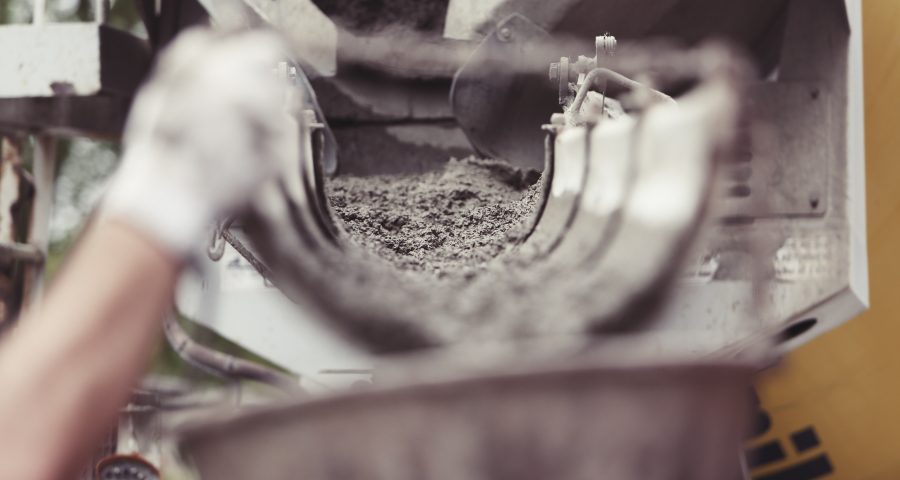Did ancient Romans CRACK the construction code?
This is Sandra Tsing Loh with the Loh Down on Science.
The Colosseum, the Pantheon, the ancient Catacombs… Roman architecture has stood for millenia. But how has it survived for SO LONG?
Enter Linda Seymour and team from MIT.
The team analyzed the chemical composition of ancient Roman concrete using electron microscopes. They found that the concrete contains chunks of ‘lime clasts,’ a mineral from volcanic ash. After adding the mineral, the concrete was churned in a process called ‘hot mixing.’ This makes the lime clasts react with water.
The result? Finished concrete that glues itself back together when it cracks. Just add water, and you’ve got a SUPER SLURRY.
Thousands of years ago, the Romans created self-healing concrete! Researchers believe adding these ancient techniques to OUR infrastructure could result in longer-lasting cement.
Now maybe they can CRACK the code for my neighbor’s HBO! But don’t tell Tony Soprano! He’ll have me in cement shoes!
Reference:
Seymour, L. M., Maragh, J., Sabatini, P., Di Tommaso, M., Weaver, J. C., & Masic, A. (2023). Hot mixing: Mechanistic insights into the durability of ancient Roman concrete. Science Advances, 9(1). https://doi.org/10.1126/sciadv.add1602

